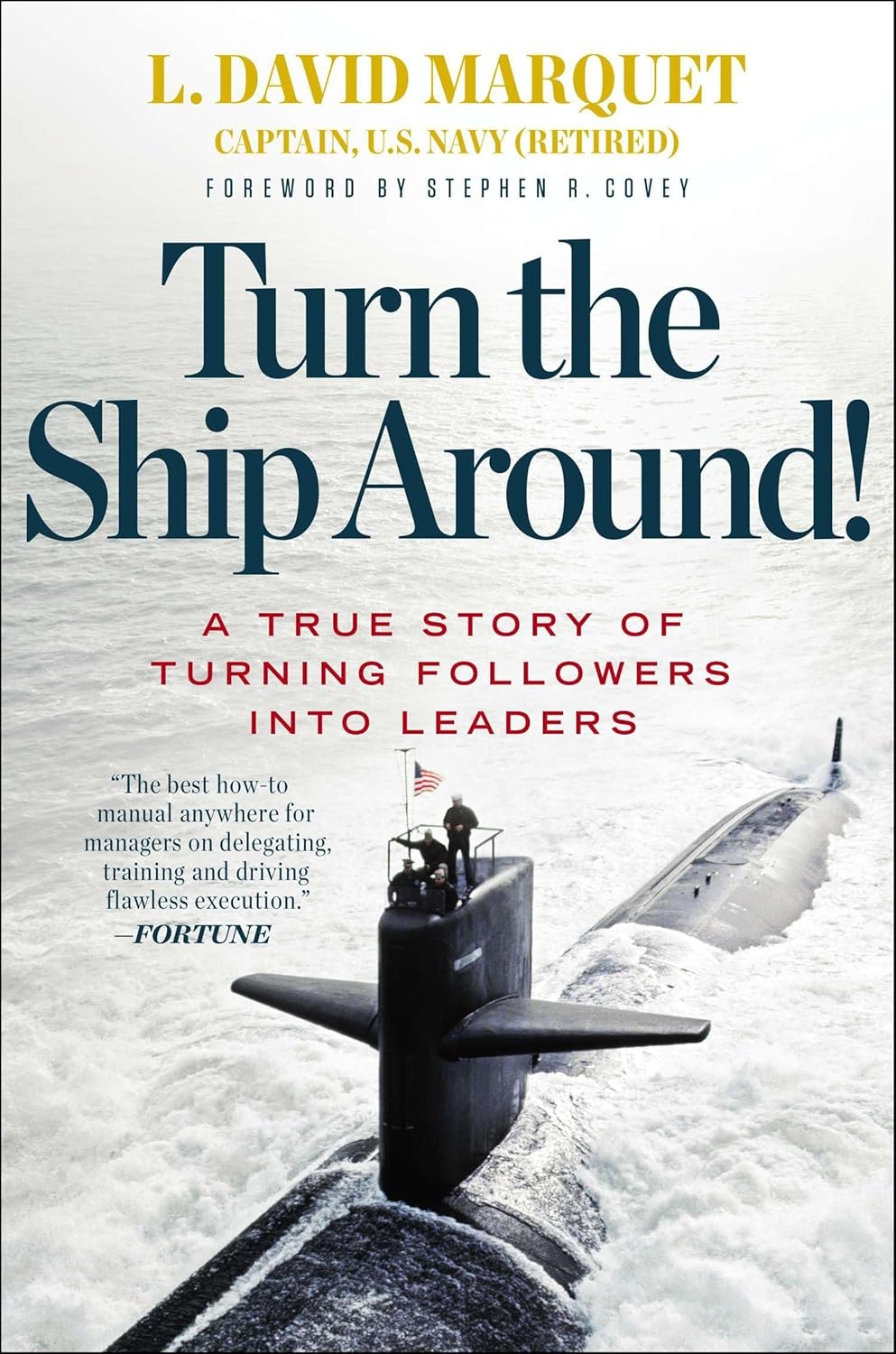Keeping your workflow organized can be harder than the work itself. The good news is, if you spot issues early, you can fix them before they cause major damage. This article will help you identify and address productivity gaps efficiently.
10 rules for effective delegation in PM
Delegation in project management isn't just about offloading tasks; it's a powerful tool for boosting team productivity, fostering professional growth among employees, and cultivating a culture of trust. This article will walk you through 10 practical rules to help you delegate effectively without sacrificing quality.
Key takeaways
Delegation boosts productivity, develops your team, and builds trust
Effective task transfer requires a systematic approach and clarity
Smart delegation unlocks potential and drives project success
1. Defining tasks
Clearly distinguish which tasks are suitable for delegation.

Don't Delegate: Strategic decisions, confidential information, disciplinary matters, or high-risk tasks that could damage the company's reputation.
Do Delegate: Routine operations, specialized tasks to relevant experts, skill-development assignments, and preparatory work for decision-making.
Use the Eisenhower Matrix (Importance/Urgency) to prioritize delegation. Tasks in the "important, but not urgent" quadrant are ideal for employee development.
2. Right person selection
Evaluate candidates using an expanded set of criteria to maximize delegation effectiveness.
Four Key Criteria:
- Skills (Current Competencies): Technical knowledge, experience with similar tasks, certifications.
- Will (Motivation and Desire): Interest in the task, career ambitions, willingness to take responsibility.
- Time (Resource Availability): Current workload, priorities, ability to focus.
- Experience (Past Results): Track record of completing similar tasks, ability to work autonomously.
Creating a Competency Matrix: Develop a table for each team member, rating all key project skills on a 10-point scale. Update this matrix every 6 months. Include columns for: "Current Level," "Growth Potential," "Motivation for Development," and "Preferred Task Types."
Rule for Selecting an Executor: For developmental tasks, choose employees with high motivation (8-10 points), even if their current skills are 6-7 points. For critically important tasks, prioritize experience (9-10 points) and a proven track record. Use the formula: Success Potential = (Skills × 0.3) + (Motivation × 0.4) + (Availability × 0.2) + (Experience × 0.1) for developmental tasks.
3. Task clarity
Structure your task assignments using the SMART-R formula:
- Specific (what exactly needs to be done)
- Measurable (criteria for success)
- Achievable (realistic)
- Relevant (connected to project goals)
- Time-bound (deadlines)
- Resourceful (available means)
Always include the task context: why it's important, how it relates to overall goals, and the consequences of success/failure. Conclude the assignment by having the assignee paraphrase the task to confirm their understanding.
4. Level of authority
Define one of five levels of delegation authority with a clear description of the boundaries of responsibility.
Levels of Detail:
- Level 1 - Research: Gather and organize information, prepare facts without analysis or recommendations. Maximum time investment, minimal risk.
- Level 2 - Analysis: Analyze the situation, identify problems, and propose 3-5 solution options with a brief description of pros and cons for each.
- Level 3 - Recommendations: Based on analysis, recommend a specific action with justification, an implementation plan, and a risk assessment. Requires manager approval.
- Level 4 - Autonomous Action with Reporting: Make decisions and act independently within established parameters, informing of key decisions and results.
- Level 5 - Full Autonomy: Full responsibility for the task, including strategic decisions within the project framework. Report only on final results.
Authority Boundaries should include:
- Budget limits for each level (e.g., up to $1000 - autonomous, over - approval required).
- Timeframes for decision-making.
- Situations requiring mandatory escalation (legal issues, PR risks, client conflicts).
- Authority to engage external resources or experts.
- Rights to modify project scope or timeline.
5. Checkpoints
Establish a system of intermediate control that balances assignee autonomy with risk management.
The "25-50-75-100" System:
- 25% Completion: Verify correct understanding of the task, the chosen approach's correctness, and early risk identification.
- 50% Completion: Evaluate the quality of interim results, adjust if necessary, and confirm the timeline.
- 75% Completion: Preliminary acceptance of the main body of work, finalization planning, and preparation for results handover.
- 100% Completion: Final acceptance, results analysis, and lesson documentation.
For each checkpoint, define:
- Specific deliverables (documents, prototypes, reports).
- Quality evaluation criteria on a 5-point scale.
- Maximum review time (24-48 hours).
- Format for results submission (presentation, demo, written report).
- List of participants in the review session.
Early Warning System: The assignee must report problems 48 hours before a critical moment, describing: the nature of the problem, potential solutions, necessary assistance, and impact on timeline and quality. Use color-coded status indicators: green (on track, no risks), yellow (risks exist, but under control), red (requires immediate manager intervention).
6. Resources
Conduct an audit of necessary resources by category: information (access to databases, documents), technical (software, equipment), human (contacts, colleague expertise), financial (budget limits), and time (calendar priorities).
Create a "resource checklist" and ensure the assignee has all necessary access before starting work. Assign backup contacts for critical resources.
7. Availability
Establish clear communication rules that support the assignee without creating dependency on constant oversight.
Communication Rules:
- Communication Channels: Primary channel (Slack/Teams), emergency channel (phone), formal channel (email for documenting decisions).
- Inquiry Formats: Brief questions (chat), complex questions (video call), status updates (weekly emails).
- Expected Response Times: Critical questions (1 hour), important (4 hours), standard (24 hours).
Inquiry Priority System:
- Critical (Immediate): Blockers that halt work; client-impacting issues; legal or compliance matters.
- Important (Within 4 hours): Issues affecting quality or timeline; decision-making needs; technical expertise.
- Standard (By end of business day): Routine consultations; status updates; planning next steps.
"Availability Windows": Designate daily 30-60 minute slots (e.g., 10:00-10:30 AM and 4:00-4:30 PM) for consultations on delegated tasks. During these times, you are guaranteed to be available to the team. Outside these windows, respond according to inquiry priorities.
8. Mistakes
Categorize mistakes: learning mistakes (acceptable, lead to growth), costly mistakes (require prevention), critical mistakes (unacceptable). For each category, establish different approaches to control and response.
Implement a "safe to fail" culture: create a procedure for quickly reporting errors without punishment if the employee identifies and proposes a solution to the problem themselves.
9. Recognition
Use a systematic approach to recognizing successes and analyzing failures, strengthening team trust and motivation.
Principle of "Public Praise":
- Mention employee successes in team meetings with specific examples of achievements.
- Include information about contributors' impact in reports to management.
- Share successes in corporate communications (newsletters, internal social networks).
- Nominate outstanding employees for corporate awards.
Formula for Recognizing Achievements: "Thanks to [Name]'s initiative and the application of [specific approach/skill], we achieved [specific result], which allowed [impact on project/team/clients]."
Formula for Accountability in Failures: "As a leader, I take responsibility for this outcome. My job was to better prepare the conditions for success. Let's break down what we can improve in the preparation, support, and control process." Focus on systemic improvements, not on the individual shortcomings of the assignee.
10. Analyzing results
Conduct a structured retrospective using the 4L model: Liked (what went well), Learned (what was learned), Lacked (what was missing), Longed for (what could be improved).
Document delegation lessons: which tasks are best suited for specific employees, optimal task assignment methods, and effective control methods. Create a knowledge base for future delegations.
Interesting fact 
In the 1950s, Walt Disney delegated the development and implementation of the Disneyland project to his brother, Roy Disney, and the Disney Imagineering team. Walt focused solely on the park's concept and visual style, which allowed the massive project to launch in just two years while maintaining its creative integrity.
Related articles:
Learn how to remove obstacles to achieving goals in the article What is a scrum master? roles, responsibilities, and skills
Familiarize yourself with the methodology's limitations in the article about Disadvantages of Agile project management: Is it right for your team?
Boost your work productivity by exploring the The impact of music on productivity: Insights from science
Conclusion
Effective delegation in project management is a strategic tool for team development and achieving goals. Best practices for delegation require a systematic approach and continuous improvement. Applying these principles empowers project teams and lays the foundation for an organization's long-term success.
Recommended reading 

"The One Minute Manager Meets the Monkey"
This book teaches you how to stop taking on other people's tasks and instead delegate properly, so you don't overload yourself as a manager.
On Amazon
"Multipliers: How the Best Leaders Make Everyone Smarter"
This explores how leaders can unlock their team's potential through smart delegation and empowering employees.
On Amazon
"Turn the Ship Around!: A True Story of Turning Followers into Leaders"
This is the true story of a former submarine captain who radically changed his leadership style by fully delegating and distributing responsibility.
On Amazon






